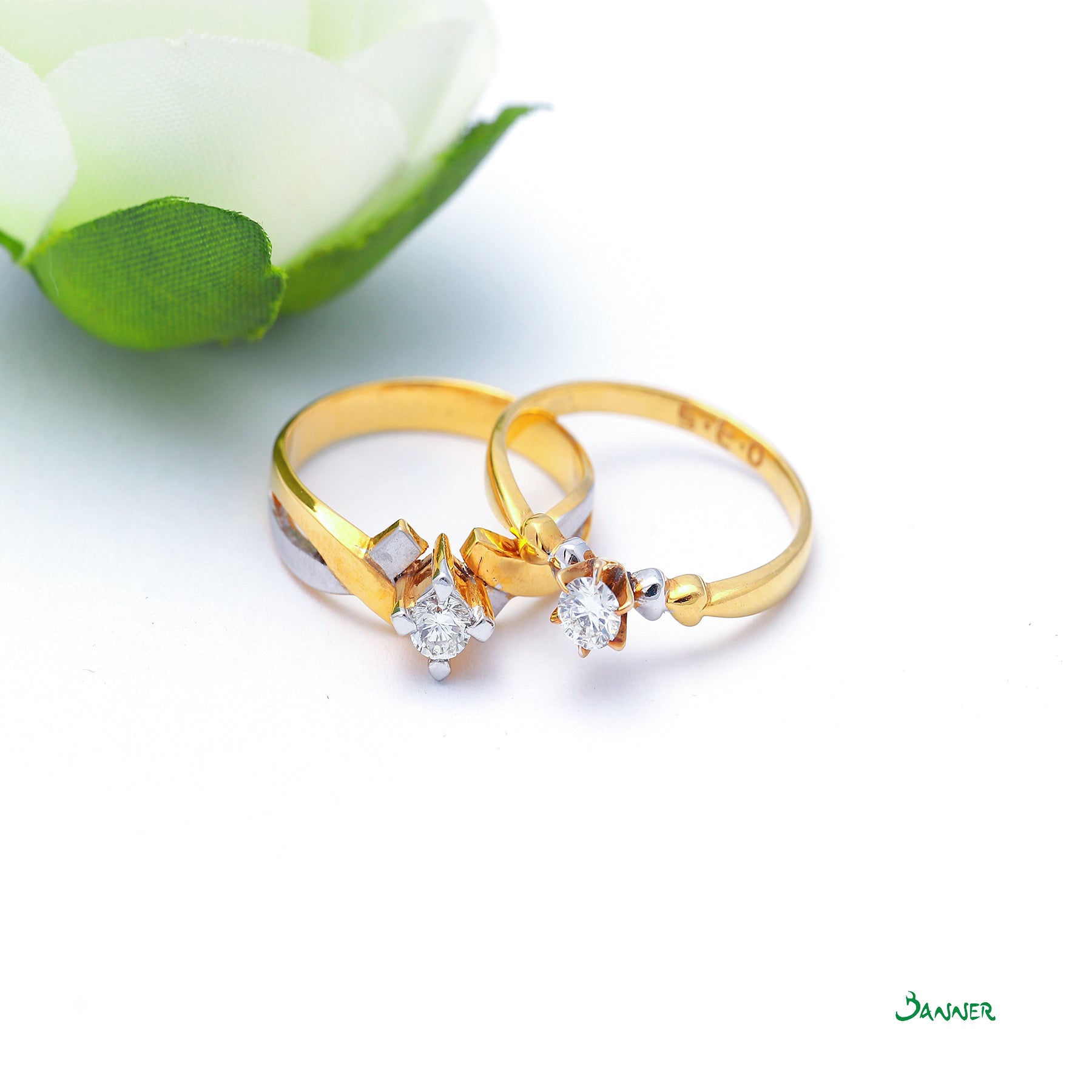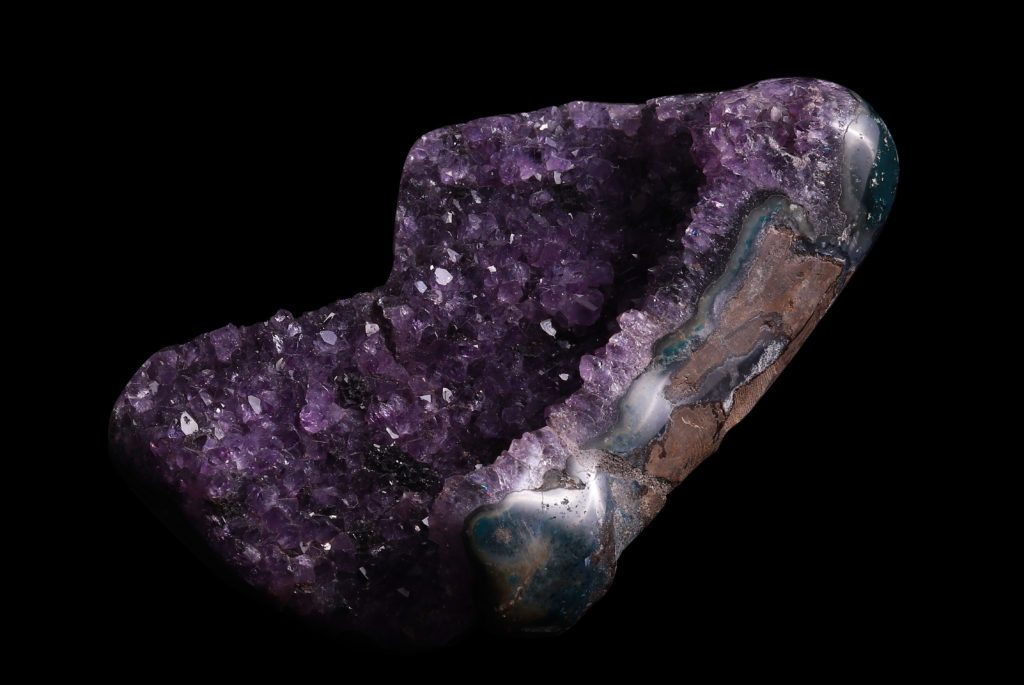
Determining The Geographic Origin Of Gemstones
One of the biggest challenges of a gemological laboratory is to determine the origin of a gemstone that is sent to them. Every gemstone has an origin, and depending on its origin, a gemstone can vary a lot in its physical appearance and therefore beauty and value. For example, sapphires from Kashmir, rubies from Burma, and emeralds from Colombia carry an exotic value to their names on top of their beauties. Thus, even if two rubies of similar weight and cut have the same beauty to the naked eye, a Burmese ruby would still be more expensive than its Thailand counterpart. Although origins have a lot to do with a gemstone’s beauty (generally speaking, a Burmese ruby will fluoresce and have more fire than rubies from Thailand), there is also a cultural and historical association of value attached to these specimens even without their superior beauty. However, even with the advanced testing available today, there are still a lot of confusions around telling the geographic origin of certain gemstones. This is largely because new deposits of gemstones are constantly emerging in different places and it has been a very grueling task for gemological laboratories to gather samples from all these places. Secondly, it is not always the case that gemstones that originate from different origins have different physical properties.
Recently, Dr. James Shigley, GIA Distinguished Research Fellow, listed four main challenges for gemstone labs to accurately tell the gemological origin of gemstones accurately.
- Most gemstone deposits are alluvial occurrences (meaning they form near rivers or water bodies) and are carried from one source to another. It is often very hard to tell where the host rock is located.
- Access to all the samples and deposits around the world to get reliable data is very difficult – if not impossible.
- Deposits in different countries can produce very similar materials (such as sapphires from Madagascar, Kashmir and Sri Lanka).
- Different deposits can be found in the same country. All the famous gemological laboratories are currently trying to build a reliable database to get more accurate origin statements on their gemstones certificates.
This includes usually more samples, and sending teams on more expeditions to gather data on more deposits around the world. However, it is very important to know that the statement of geographic origin on a gem certificate is still only an expert opinion by the gemologist in question, and is not a guaranteed fact. Interestingly enough though, this one line of expert opinion can sometimes up to quadruple the price of a gem!


